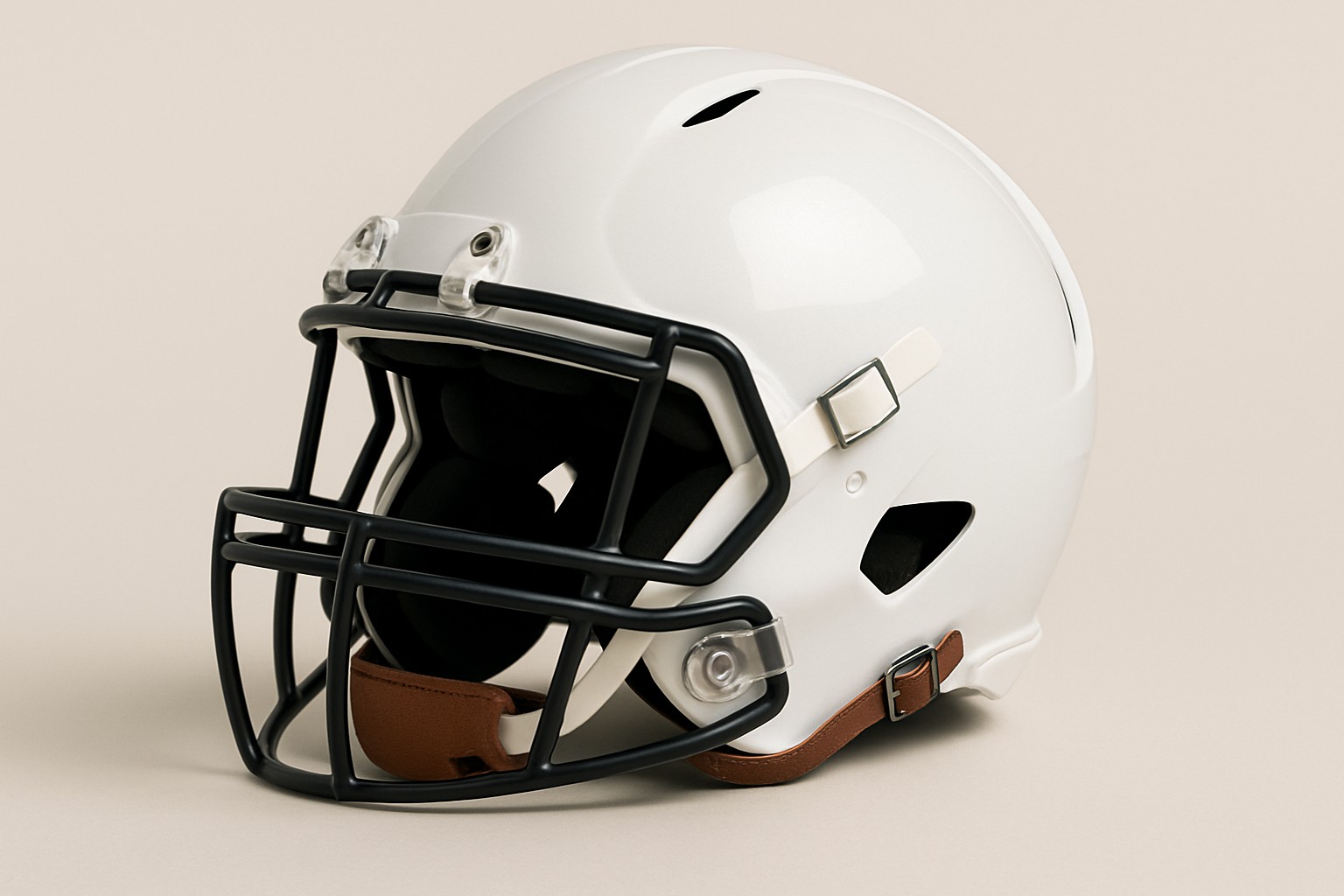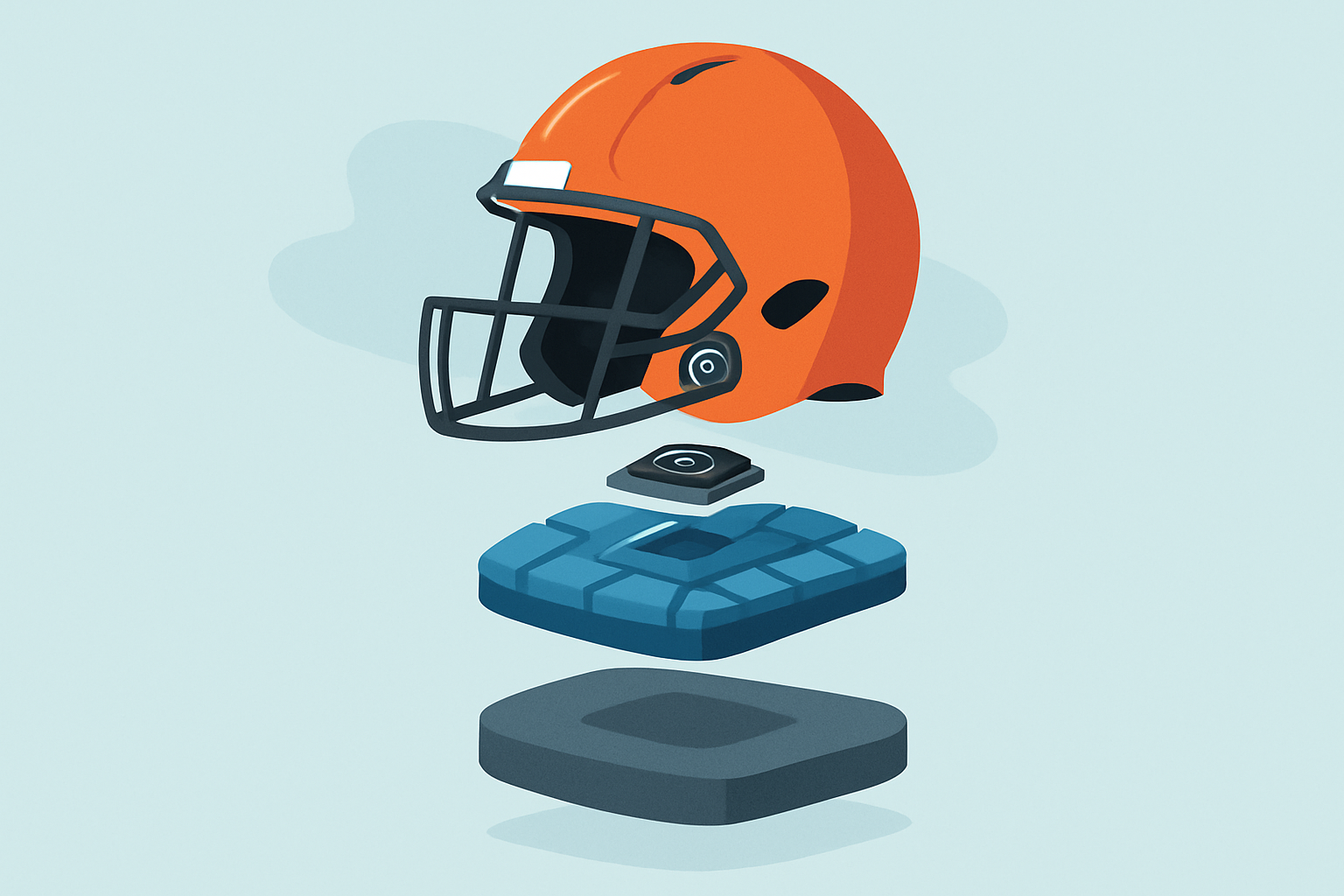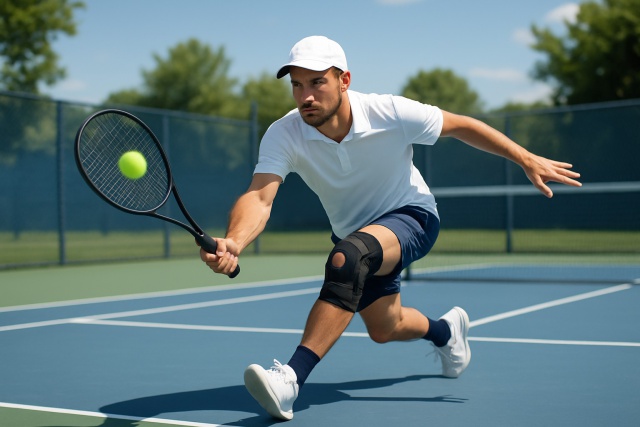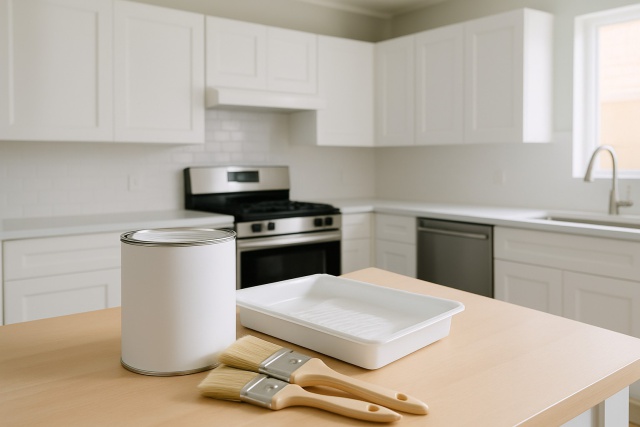What Is a Football Helmet Made of? Materials and Safety

Football helmets are absolutely key when it comes to shielding players from serious head injuries. We will dive into the materials that make up a football helmet and explore how they team up to keep players safer on the field.
Why Football Helmets Really Matter
Football helmets are primarily designed to soak up and disperse the energy from impacts, playing a key role in reducing the risk of concussions and skull fractures.
Key Parts of a Football Helmet The Nuts and Bolts That Keep You Safe on the Gridiron
A football helmet is made up of several key parts: the tough outer shell, snug inner padding, sturdy face mask, reliable chin strap and a smart ventilation system. Each piece plays its own role in keeping players safe and comfortable. They are crafted from materials that are strong, absorb impacts and stand the test of time.
Outer Shell That Tough Protective Shield You Can Count On
The outer shell is usually crafted from tough plastics like polycarbonate or acrylonitrile butadiene styrene (ABS). These materials are known for being both strong and lightweight, a combo that not only helps them resist penetration but also spreads out impact forces to better protect the head from direct harm.
Inner Padding The Unsung Hero That Soaks Up the Impact
Inside the helmet, you will find layers of foam and cushioning materials working behind the scenes to soak up shock and soften the blow before it even thinks about reaching your skull and brain.
- Expanded Polypropylene (EPP): A featherlight foam that absorbs energy well and stands up to wear and tear like a champ.
- Vinyl Nitrile Foam: A softer, forgiving material designed to soak up impacts from gentle taps to medium hits.
- Gel Pads: Often added for extra cushion and deliver comfort where you need it most.
- Air-filled Cushions: Provide customizable padding you can adjust on the fly. They mold to the contours of the player's head for a snug, tailor-made feel.
Face Mask Sturdy Metal Bits That Actually Help Shield Your Face
The face mask is crafted from tough metals like stainless steel, carbon steel or titanium—materials chosen because they stand up to the test of time and handle impacts well while keeping the weight manageable. To top it off, a protective layer like powder coating or chrome plating is applied. This layer keeps rust and corrosion at bay and gives the whole thing a longer lease on life.
Chin Straps and Related Hardware
When it comes to chin straps and their trusty sidekicks, the related hardware, there’s quite a bit more action going on than meets the eye. These components aren’t just there for show—they play a important role in ensuring everything stays snug and secure, no matter how wild the ride gets.
Chin straps are typically crafted from tough nylon webbing, teamed up with plastic or metal buckles that do a solid job of keeping everything locked in place. You will often find foam pads tucked where the strap meets the chin, adding a bit of extra comfort and warding off any annoying irritation during wear.
How Different Materials Subtly Shape Helmet Safety
A tough outer shell teamed up with soft padding inside is like a dynamic duo when it comes to preventing injuries. The shell does the heavy lifting by spreading impact forces over a broad area, while the padding steps in to absorb much of that energy.
- Shock-absorbing materials do a neat job of dialing down the impact force, making things a bit gentler on the noggin.
- By spreading the force across the outer shell, the helmet cleverly lowers the risk of damage piling up in just one unlucky spot.
- The helmet’s tough construction is built to stand its ground through multiple hits, giving you peace of mind.
- A lightweight design lets players move freely, all while keeping that key safety factor firmly in place.
- Materials that resist heat shield the helmet’s structure during those long, intense sessions where things really start to warm up.
Standards and Testing for Football Helmets
When it comes to football helmets, there is a whole world behind those trusty shells protecting players' heads. The standards and testing procedures aren’t just red tape—they're the backbone ensuring every helmet does its job when the hits inevitably fly. From rigorous impact tests to carefully crafted design rules, these measures really separate the might-have-beens from the truly game-ready gear.
Football helmets have got to tick some pretty tough boxes thanks to groups like the National Operating Committee on Standards for Athletic Equipment (NOCSAE). They don’t just take a quick glance. They really put helmets through their paces by testing how well they handle impacts and the sturdiness of their materials. They assess overall performance with rigorous lab tests that try to imitate the real grit and grind of game-day collisions.
| Standard | Testing Criteria | Required Impact Tests | Pass/Fail Indicators |
|---|---|---|---|
| NOCSAE Standard | Shell strength and impact absorption | Linear and rotational impact tests | Helmet should stay comfortably within set g-force limits and keep its structure intact, no cracking or warping allowed |
| ASTM F717 | Durability under all sorts of environmental conditions | Multiple impacts at different temperatures | No cracking, warping, or material breakdown—basically, it needs to hold up like a champ |
| CSA CFL Headgear Standard | Material toughness and energy absorption | Drop tests reflecting common collision angles | Helmets need to soak up certain energy levels without throwing in the towel |
| SNELL Standard | Overall helmet effectiveness | High energy impact simulations | Helmet must ace tests for shock reduction while also staying snug and secure, no slipping around |
Recent Progress in Helmet Materials and Technology
It's been quite a ride watching helmet technology evolve—like your trusty old helmet suddenly got a serious upgrade. From tougher materials that seem almost futuristic to clever design tweaks that make comfort less of a compromise, there is a lot happening beneath the shell. Whether you are a casual rider or a seasoned pro, these advancements are quietly reshaping what we expect from helmets, making safety feel a little more like second nature.
Modern football helmets have come a long way thanks to clever innovations like advanced foam materials that soak up more impact energy and custom-fit padding that molds snugly to a player's head for better comfort and protection. Their outer shells are crafted from composite layers that provide strength without weighing the player down.
New technologies now come with sensors tucked inside helmets that keep an eye on impacts in real time. This clever feature delivers valuable data about the risk of head injuries and helps get medical attention to the injured party faster than before.

Common Myths About What Football Helmets Are Made Of (And Why They’re Mostly Off the Mark)
There are quite a few myths about football helmets such as the belief that heavier helmets mean better safety or the notion that helmets can totally ward off concussions.
- Heavier helmets don’t always mean better safety. Helmets are designed to balance solid protection with staying light enough so you don’t feel like you’re lugging a brick around.
- Helmets do help lower the risk of concussions though they’re not a foolproof shield.
- Metal face masks are crafted to be tough and surprisingly comfortable. When you get the fit just right you’ll barely notice you’re wearing one.
- Throwing on extra padding isn’t always the way to go. Too much can cramp your style, restrict your movement and turn up the heat on you.
How to Keep Your Football Helmet Safe and Reliable—A Few Tips I have Picked Up Along the Way
Taking good care of a football helmet is key if you want to keep its materials in tip-top shape. Give it a good clean regularly using mild soap and water—nothing harsh—to protect the outer shell and padding from wear and tear. When it’s not doing its job on the field, stash the helmet in a cool, dry spot away from direct sunlight. That sun can really damage those materials over time. Make it a habit to check for cracks, loose bits or worn-out padding and swap out any troublemakers as soon as you spot them.





